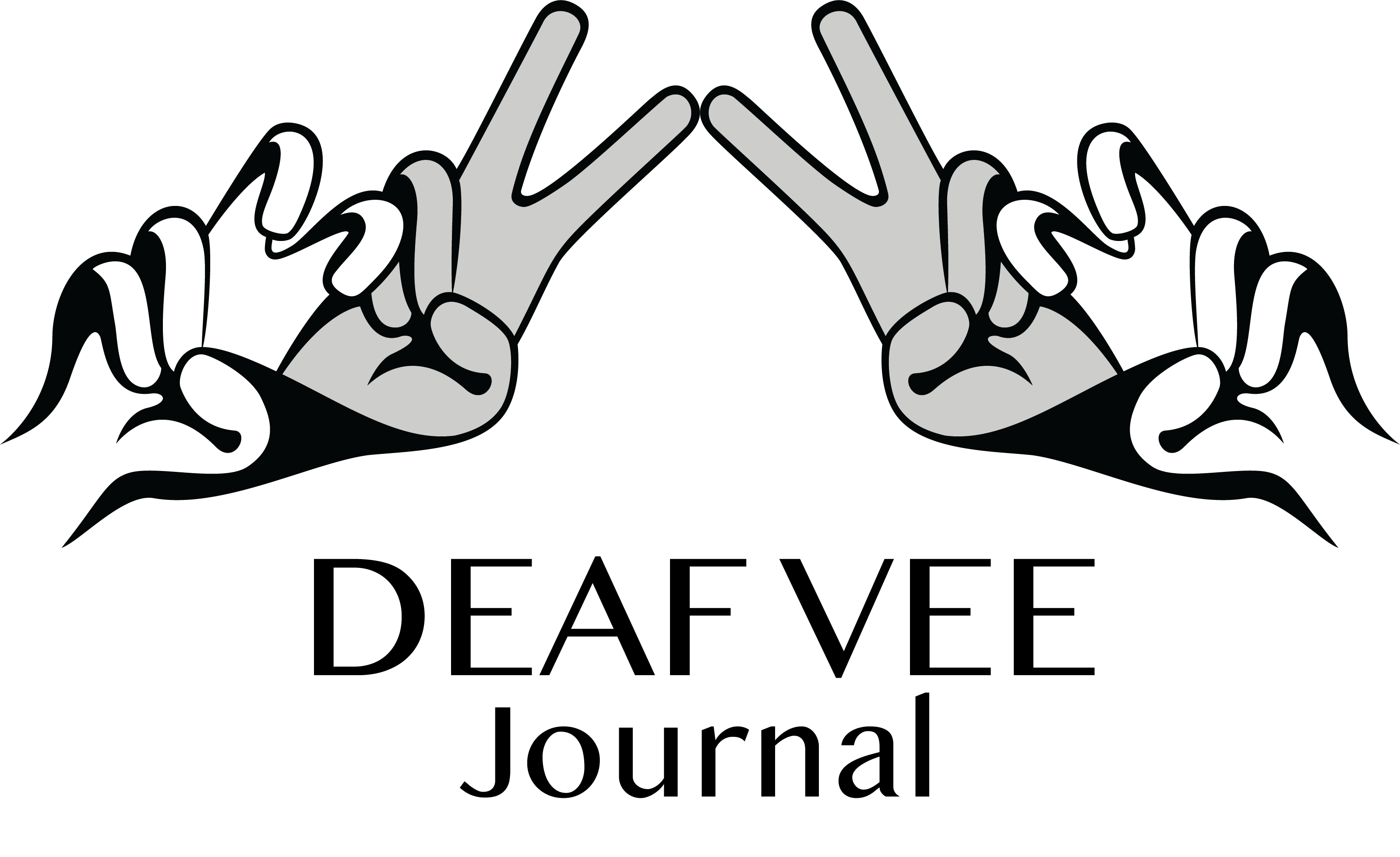Editor’s Note: Our article below is not and should not be interpreted as a way to give any legal advice at all. It is only an assessment of the information we had at the time.
As previously mentioned in our August 13, 2020 article, “Update: NAD Lawsuit Against the White House,” the National Association of the Deaf [NAD] filed a lawsuit against President Trump as well as other authorities within the Executive Branch. This particular lawsuit is requesting for the White House to provide sign language interpreters during the press conferences hosted by the office of the White House. Deaf Vee Journal reported that the White House, as the Defendant, had to respond to the lawsuit on or by August 13, 2020.
The White House submitted a response to the NAD’s complaint, which was filed on August 4, 2020. Deaf Vee Journal provided an assessment of the White House’s response in our subsequent article, ”White House Responds to NAD Lawsuit.”
A quick recap: The NAD filed an answer to support its need for a Preliminary injunction. The White House disagreed and included several arguments in their request to the Judge to deny NAD’s request. August 19, 2020 was the NAD’s original deadline to respond and just yesterday (8/20/20), the NAD filed their response to the White House’s opposition to their motion for a Preliminary Injunction.
Chris Haulmark, a political Deaf advocate, shared with Deaf Vee Journal some key points in both the opposition by the White House and NAD’s response to the White House’s opposition.
The White House also argues that Section 504 of the Rehabilitation Act does not allow NAD the “private right of action or remedy.” The White House argues that they are immune from litigation based on alleged Section 504 of the Rehabilitation Act violations, according to the Administrative Procedure Act.
The NAD explains they are not litigating based on the Administrative Procedure Act; their lawsuit is based on their central argument the White House is not above the law in discriminating against the Deaf community, as they refused to provide ASL interpreters for inclusion of Deaf viewers. In addition, the NAD clarifies that the Administrative Procedure Act only applies to the Executive Branch’s acts. The NAD provides an interpretation of how the cases the White House cited are only focused on challenging regulations.
The White House claims that the language of Section 504 does not clearly dictate how Section 504 should be enforced with the Executive Branch (i.e., the President’s Office or his Cabinet).
NAD refutes this claim with multiple citations to previous court decisions that supported the enforcement of Section 504 with various federal agencies within the Executive Branch. The NAD points out that there is a 1978 amendment to Section 504, which shows the intention of the Congress to add federal agencies within the Executive Branch to the list of covered entities.
The White House points out adding ASL interpreters to the White House’s press briefing room is a new concept, citing previous administrations that did not provide ASL interpreters at their press briefings. The White House also expounded on how they have no control over the network cameras to keep the interpreters in frame and visible at all times.
The NAD rejects the White House’s stance, reiterating that the Coronavirus is considered a new virus and the White House needs to adapt to the realities of the pandemic, based on the precedent where almost all 50 governors ensured the visibility of interpreters at their press briefings and there were no competitors for coordination of television studios in those states.
In addition to the NAD’s counter-arguments, the NAD remarks that the White House has not explained how it is an undue burden on them to provide ASL interpreters, which can be interpreted as to mean that the White House did not offer a direct rebuttal to the initial argument that the White House was promoting discrimination of the Deaf community based on their refusal to provide ASL interpreters.
One of the White House’s assertions is that closed captioning and written transcripts are sufficient for the Deaf population of America.
The NAD counters this by stating that Deaf viewers have their own language that is different from English as a standalone language. The NAD also adds that captioning and transcripts in English are perceived as a foreign language to the majority of Deaf viewers and reiterates that ASL interpretation is required by law to be included in relevant activities and programs, provided on the White House’s end for the general public.
If you are interested in reading the NAD’s most recent response titled, “Reply memorandum of Law in Support of Plantiffs’ Motion for Preliminary Injunction,” a PDF file is available. Click on this link to read it.





